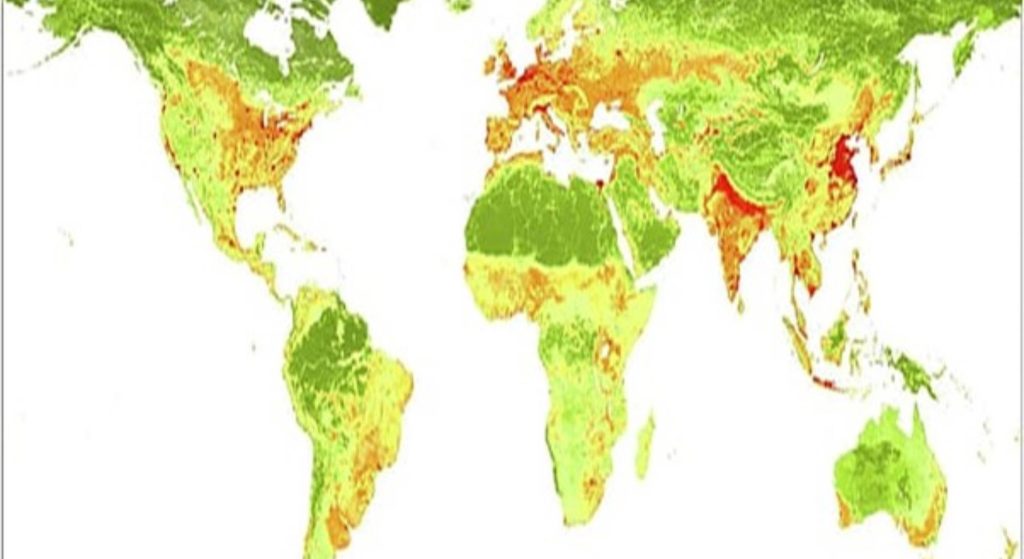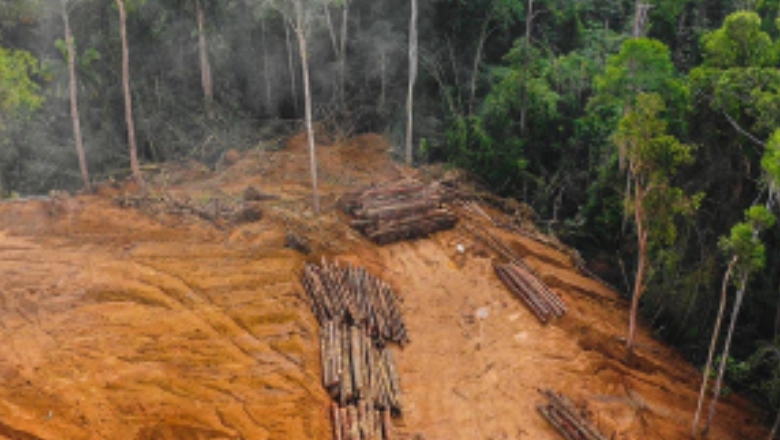Human activities have impacted 25 percent of all land on earth since 1990, posing a threat to biodiversity and the overall ecosystem’s health, a global study by The Nature Conservancy and Colorado State University has found.
The study, published in Scientific Data on April 10, provides the detailed global maps that showcase the rising anthropogenic stress on land and how agro-industrial activities such as farming, urban development, energy production, and infrastructure have reshaped natural ecosystems over the three decades.
It also supports global biodiversity goals, such as the 30×30 target to protect 30 percent of land and sea by 2030 under the United Nations’ Kunming-Montreal Global Biodiversity Framework.
These threats are grouped into eight main categories and shown on detailed maps that cover the entire world at very fine scales (90 and 300 meters).
The study shows that by 2022 around 31 million square kilometers of land, nearly a quarter of Earth’s land area, had been significantly altered since 1990.
The main driver of these changes was agriculture, which alone accounted for nearly 47 percent of all modified land. Other major contributions were transportation infrastructure (roads, railways, and power lines), human accessibility, and urban development.
In terms of regional variations, lands in the Indo-Malayan region (South and Southeast Asia) showed the highest level of human modification due to dense populations, intense farming, and urban expansion. In contrast, Australasia (Australia and nearby islands) underwent the lowest transformation.
The study also found that modification levels are increasing steadily, with the global human modifications score rising by about 57 percent per year since 1990.
The most rapid increases were seen in built-up areas where cities and towns expanded by over four percent each year.
The study showed that 29 percent of countries and 31 percent of ecosystems are especially vulnerable. These are places where human pressure has increased faster than average and where less than 30 percent of the land is under any kind of protection.
On average, nearly three different human threats are present in each area affected, meaning that conservation efforts will need to deal with multiple overlapping pressures, not just one.












